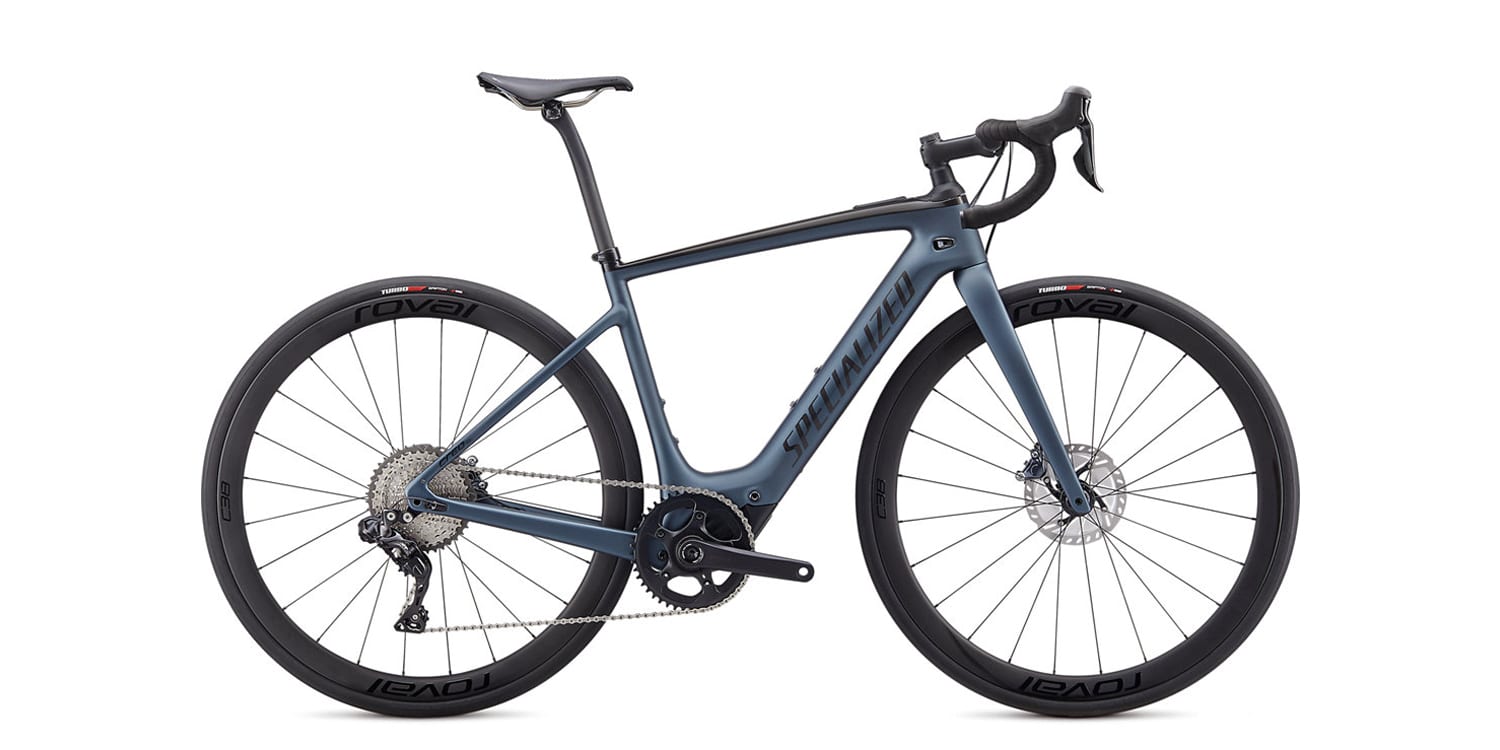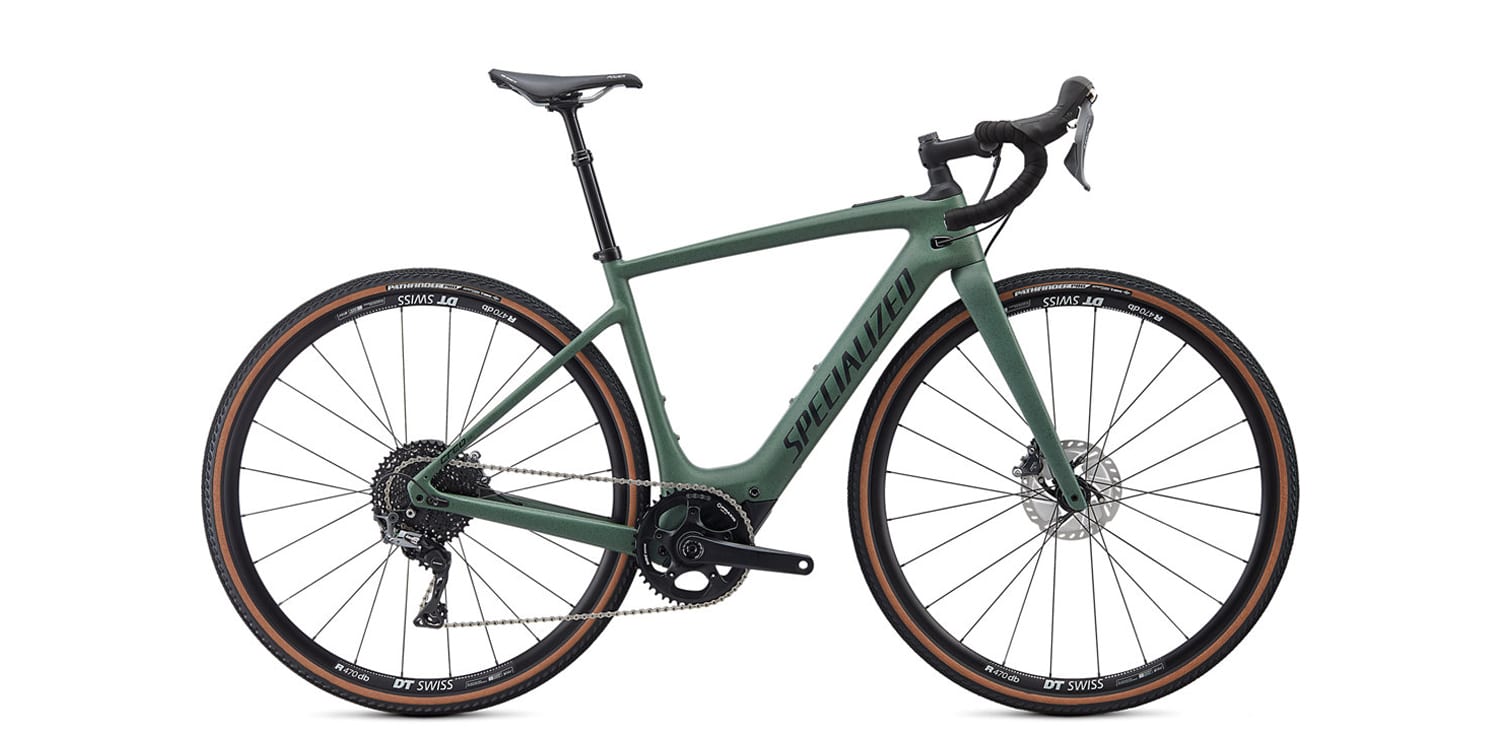FlatSix911
Well-Known Member
- Region
- USA
- City
- Silicon Valley
I am trying to decide between these bikes and hoping someone here can give me some input. I've ridden the Comp Carbon and it's a sweet ride indeed. At least 85% of my riding will be on pavement, and I mostly want an e-bike for longer rides, climbing and faster group rides, but I like the idea of having the flexibility to go confidently and comfortably off road as well. I know I can put wider tires on the Carbon Comp, but there are a few features of the EVO that sound like they would make it more gravel friendly, although I question whether I would pay a price for them on pavement performance. For instance, would the EVO feel the same standing up on a climb? I do know the EVO is a little heavier so I assume I would have to work a little harder or use more assist on the climbs (we have a lot of big climbs where I live in Utah) and presumably that in turn would affect the range of the battery. Has anyone ridden both that can comment? I can't find the EVO in my size at any LBS in my area so I can't try it myself. Thanks for your thoughts.
I you are riding 85% on roads, have you considered the Specialized Turbo Creo SL Expert instead of the Turbo Creo SL Comp Carbon EVO?

Specialized Turbo Creo SL Expert Review
Price: $9000 | Model Year: 2020 | A super-lightweight ~29lb full carbon electric road ebike, Class 3 speed-pedelec performance offers 28mph (45km/h) assisted speeds, proprietary Future Shock 2.0 steer tube suspension adds comfort while minimizing weight and maximizing rolling efficiency...

Specialized Turbo Creo SL Comp Carbon EVO Review
Price: $6500 | Model Year: 2020 | A lightweight gravel grinder road ebike with flared handlebars, wide treaded tires, a seat post dropper, and unique Future Shock 2.0 steer tube suspension. Available in six frame sizes, sold through a vast network of dealers with professional fitting systems...